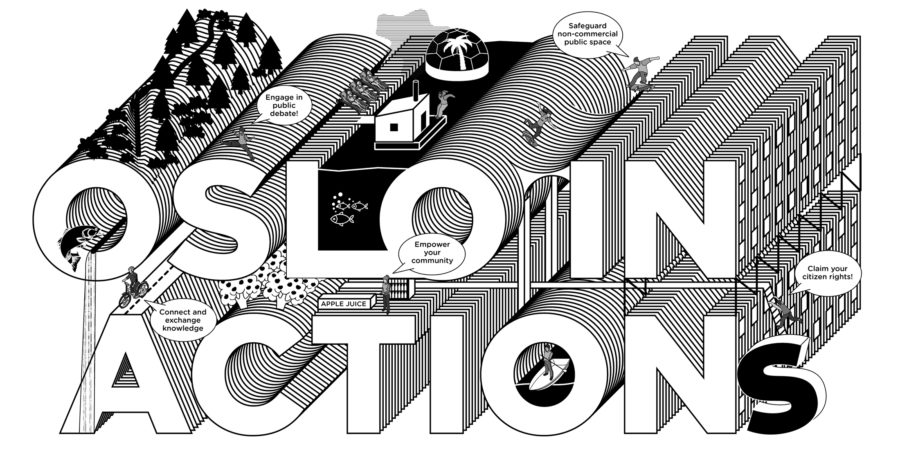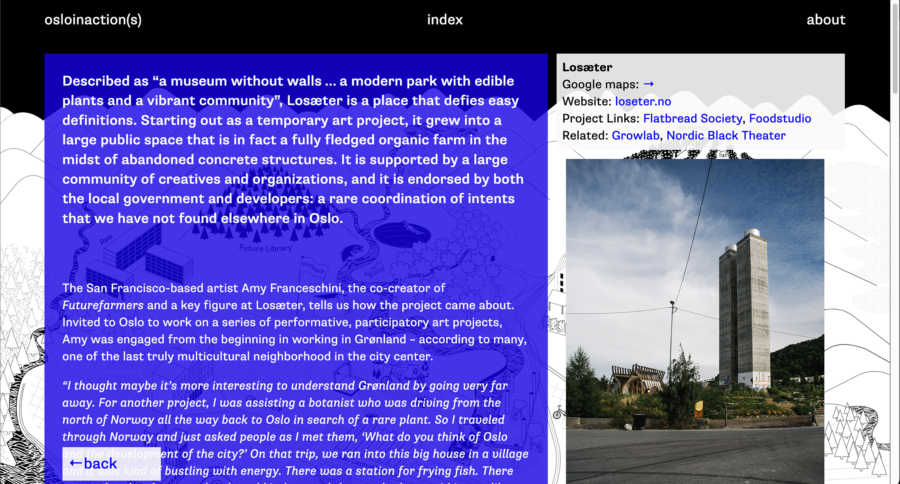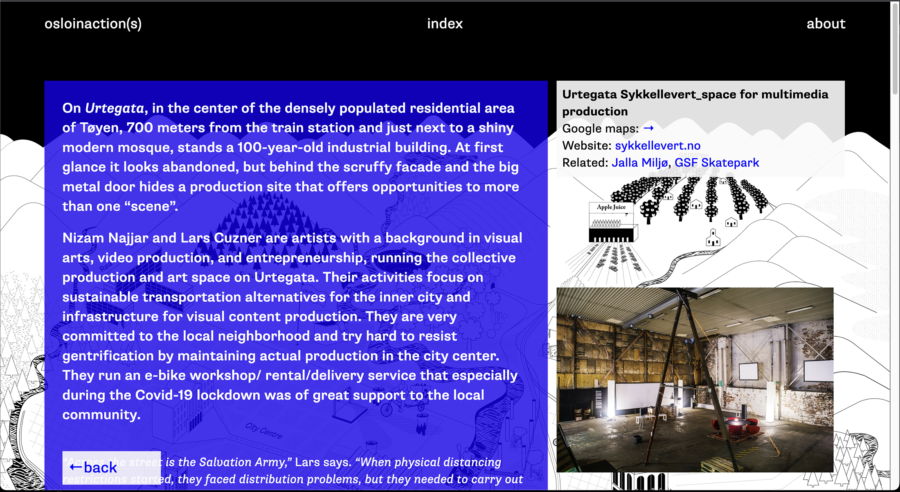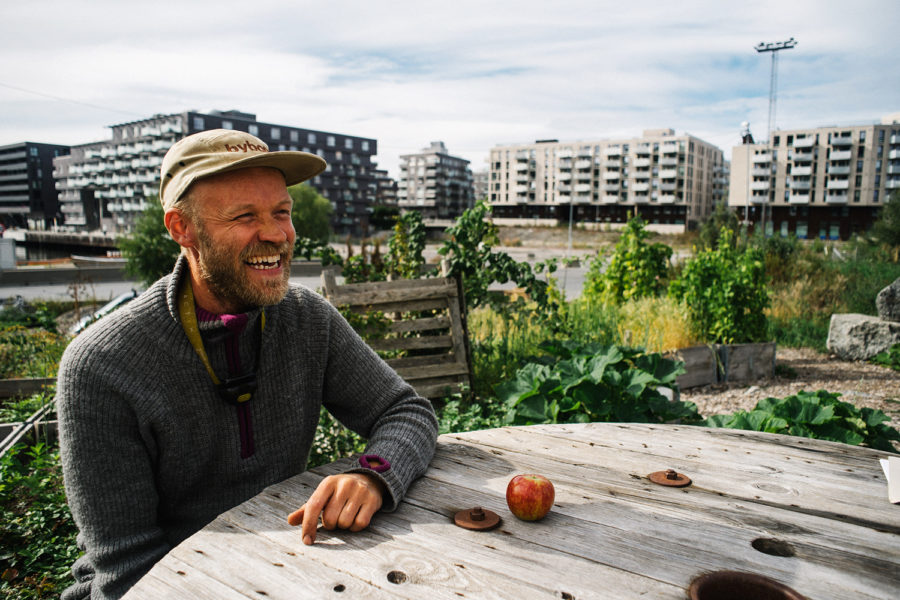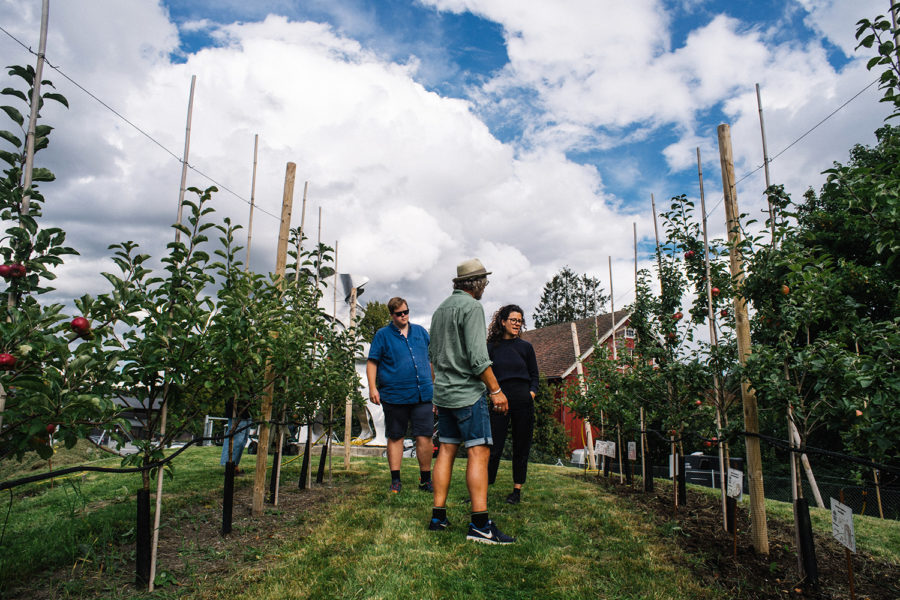Oslo in action(s)
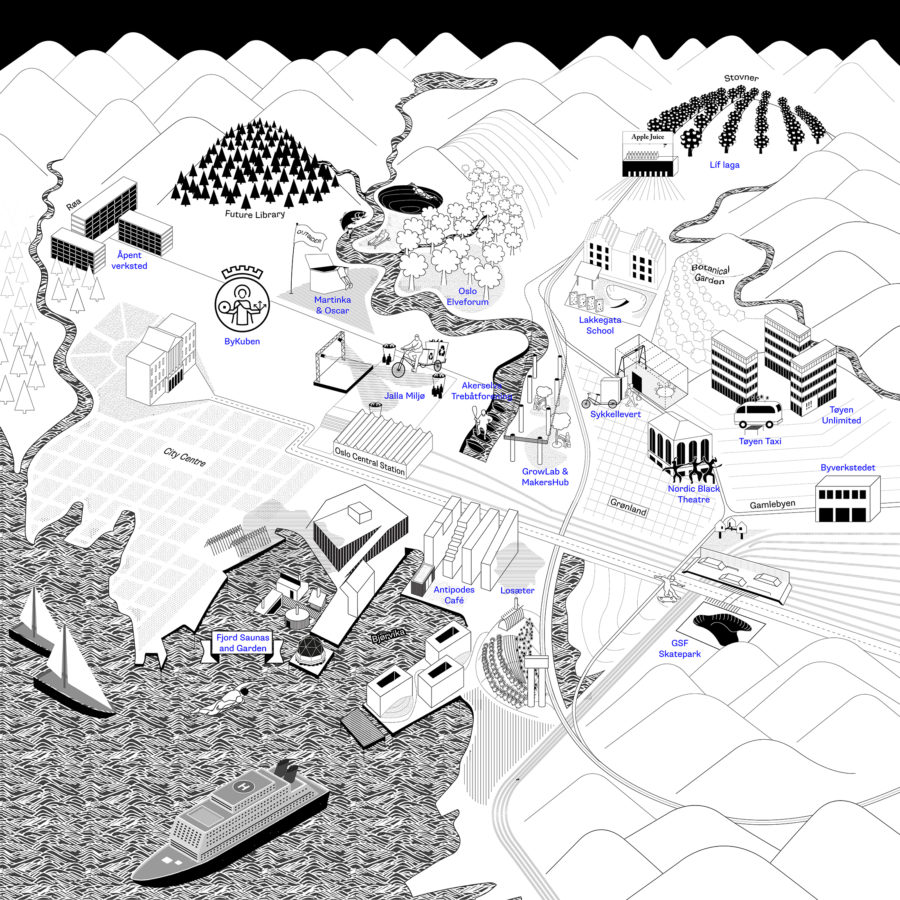
Oslo in Action(s) is an ongoing research project that shines light on the diverse city-makers of Oslo and the complex networks that they are part of. This continuing work extended our research idea and fellowship at the Future Architecture Platform 2020, “35 Meridians of Radical Rituals” which resulted in its adaptation to the context of Oslo, and the development of the digital Atlas on the “Oslo in Action(s)” platform, for the Oslo Architecture Triennale. Oslo in Action(s) was one of three projects developed for the 20th OAT jubilee program, based on OAT’s archives. The digital Atlas is a multilayered investigation that connects the Oslo Architecture Triennale discourse and archive with the transformations that take place on the city’s ground. The digital Atlas features individuals or groups at the level of the community and not “professional” established practices that stimulate and nurture the commons through tactical, inventive actions and recurring rituals. People that care for their neighbours, neighbourhood, and community and tackle issues like degrowth and circular economy, gentrification, integration, alternative sustainable mobility, safeguarding of the urban natural environment, youth engagement, and place-making among others. The aim of the research is to contribute alternative visions of active citizenship and city-making strategies and highlight the transformative potential of informal practices to shape cities for the many.
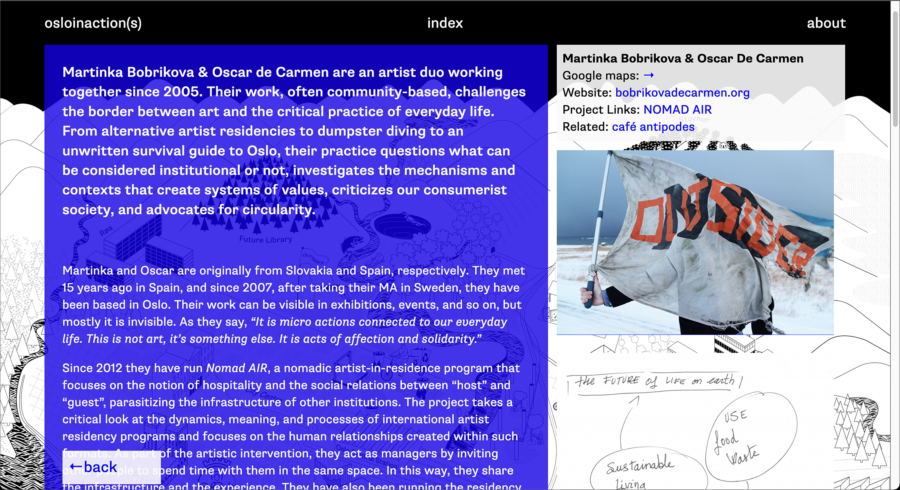
We started off with online research, reaching out to our networks and local agents following multimedia documentation. Emails, calls, endless zoom meetings, google mappings. One contact brought us to the next and an avalanche of communication was already on the way. In August 2020 and in a gap between lockdowns and travel restrictions, we manage to travel to Oslo, where we spent one week running up and down the city meeting wonderful people and discovering amazing places. We paddled on a 100-year-old wooden boat on an underground river. We enjoyed floating saunas and jumped into the fjord waters. We visited a floating classroom/see farm and learned of the importance of sea life in the fjord. We tasted the best apple juice, made from hand-picked apples by engaged youth in Storven. We heard stories about known and unknown rivers. We met the city farmer of Oslo and talked about sustainable urban farming. We got to know a group of activist parents who fought for the extension of their kids’ schoolyard and had many other inspiring and amazing moments of bliss with creative and engaged citizens. Our digital atlas wants to uncover the city-makers who stimulate and protect the commons beyond the boundaries of professional practice.
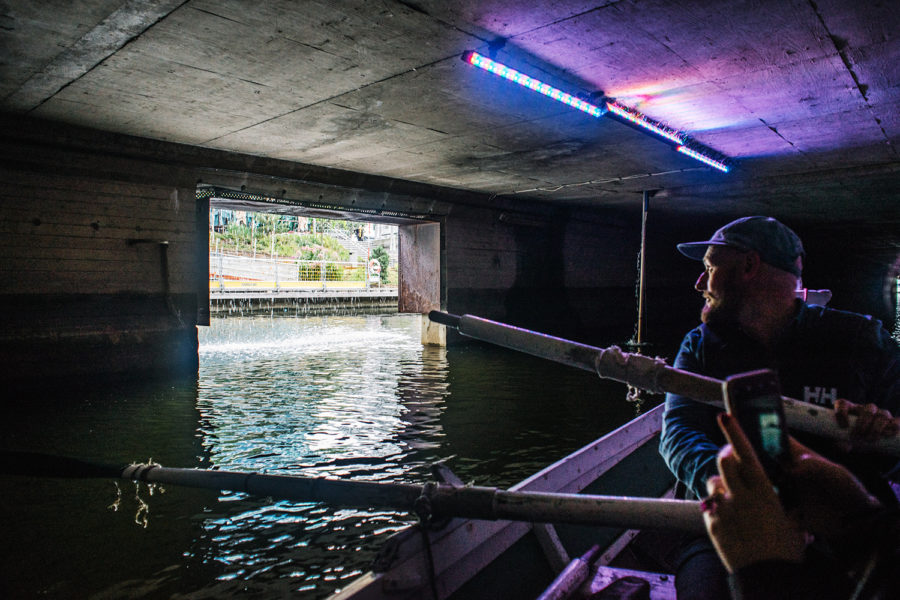
For instance, this is Asmund. In 2006, he founded Liflaga in Stovner, a suburb on the Eastern edge of Oslo, often perceived as a problematic neighbourhood. Liflaga is a social enterprise that engages local youth in the production, maintenance, and commerce of apples and apple juice. Asmund sees Liflaga as a way to challenge public perception and rehabilitate hopes for the future of the young residents. We talked about nature, apples, youth empowerment, and more.
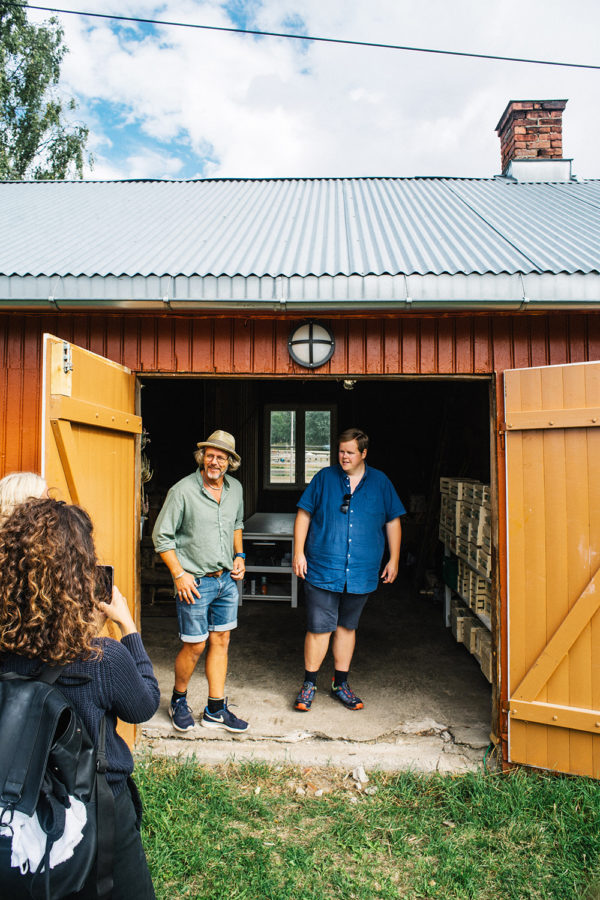
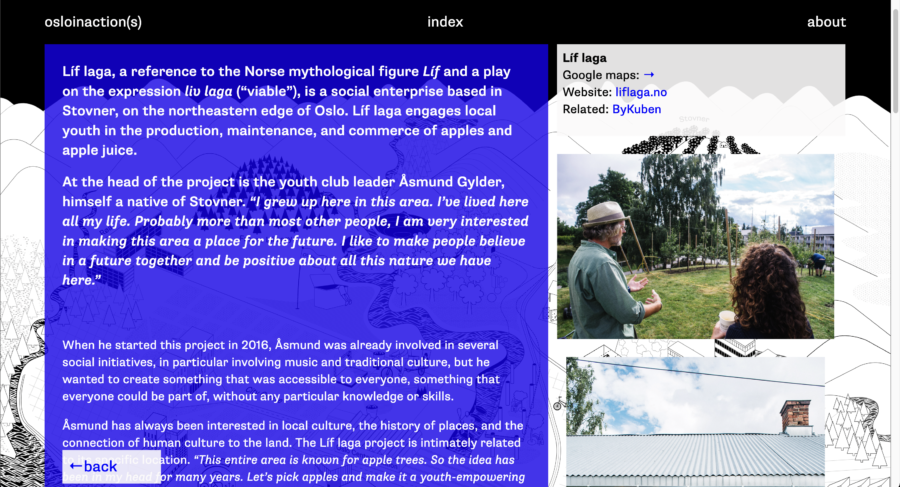
The outcome of this venture was a digital platform, featuring a psychogeographic representation of our experience of the city. It can be experienced both virtually and physically, by navigating the map and its linked content through a series of audio, texts, and images, where the selected “heroes” and ourselves contribute alternative visions on shared concerns. The digital platform was presented in October 2020 during the jubilee week of Oslo Architecure Triennale “Conversations about the city”.
